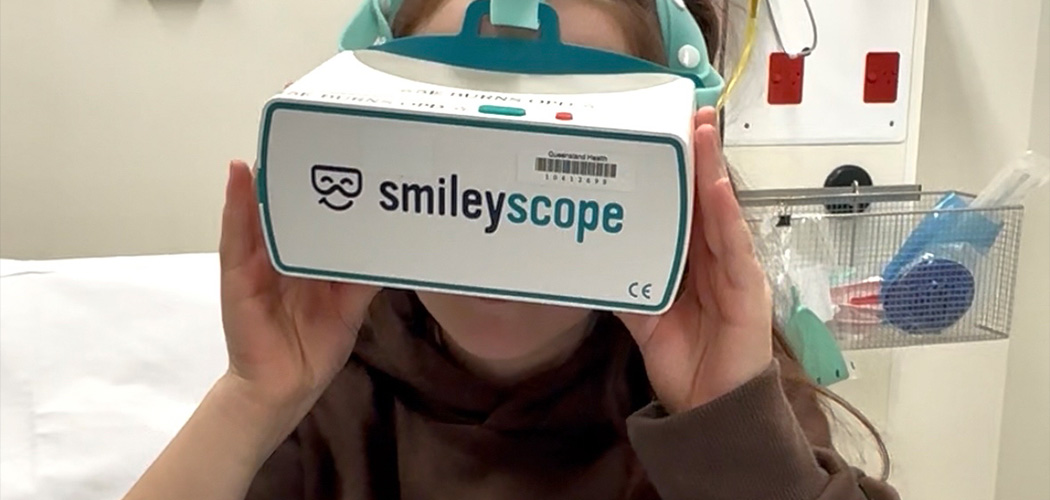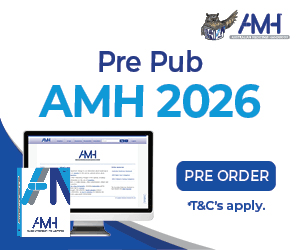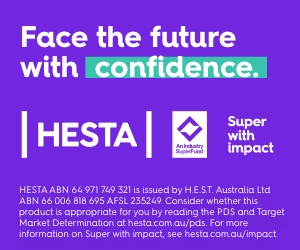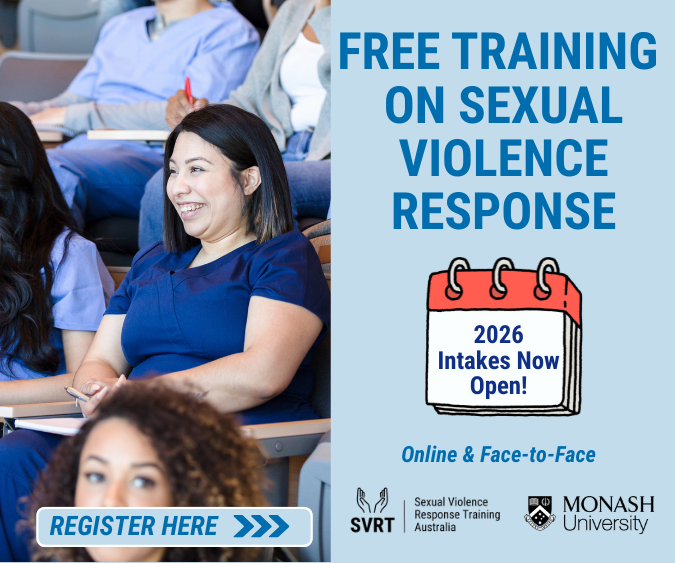The applications of Virtual Reality are being investigated for its benefits for paediatric burns pain management at the Queensland Children’s Hospital.
Smileyscope is a virtual reality neuromodulation improving outcomes from burns dressings to medical imaging.
The efficacy of Smileyscope in reducing pain and anxiety during dressing changes is being tested by Griffith University’s School of Nursing and Midwifery.
“Acute burn dressing changes can be quite painful and distressing for paediatric patients with the added issue that increased burn pain can delay wound healing and have a long- term physical and psychological impact on the patient,” said Griffith University Professor Bronwyn Griffin from the School of Nursing and Midwifery.
Solutions such as Smileyscope VR help to not delay wound healing and also recognise the importance of taking a multimodal approach to pain and anxiety.
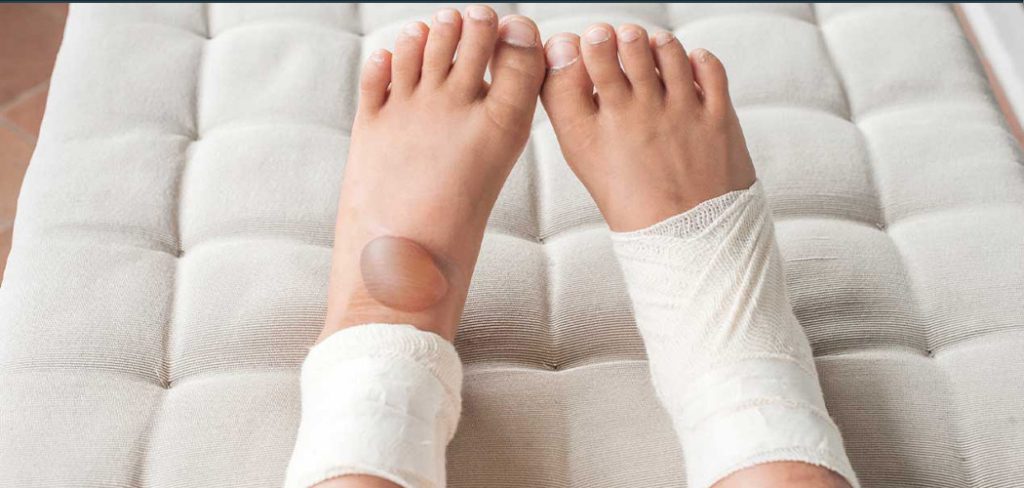
“It’s essentially a headset VR uses as a distraction technique with games or relaxation programs designed specifically for children,” said Professor Griffin.
The Smileyscope study conducted by Griffith University researchers was carried out in a clinical setting where the average patient was seven years of age.
Fifty per cent of the cohort had sustained contact burns and scald burns as the mechanisms of injury with superficial partial thickness burns being the most common depth of injury.
The results demonstrated that Smileyscope shows promise with pediatric burns pain management as a non-pharmacological approach to improving burn pain and distress.
“We found Smileyscope effectively reduces pain and anxiety during a dress change, and has a high satisfaction from patients, and also the parents,” said Professor Griffin.
“Clinicians found it easy to use, with the added benefit that some patients only required minimal analgesia while using Smileyscope with some needing no additional pain medication.”
Harnessing innovation such as VR was helping ease the burden of painful treatment for children with burn injuries, said Kristen Storey, Burns Nurse Practitioner at the Queensland Children’s Hospital.
“Each year, we care for more than 1,000 children and young people with burn injuries in the Pegg Leditschke Children’s Burns Centre, and we know how distressing treatment can be, not just for the child but for their family too.”
Virtual reality was proving to be a powerful tool in providing distraction during painful procedures, said Ms Storey.
“By immersing young patients in calming, engaging environments, VR can help reduce pain, anxiety and distress during treatment.”
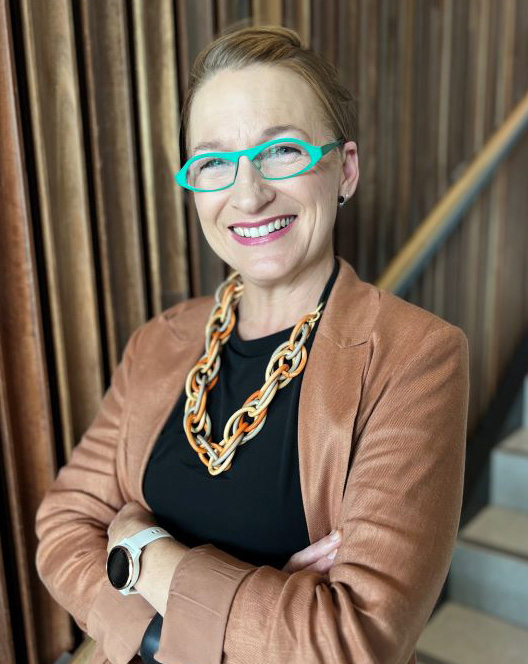
The Queensland Children’s Hospital has partnered with Griffith University to turn innovative research into real-world care improving the hospital experience and long-term health outcomes for children and young people.
“This can be an extremely distressing time for our patients and it’s a relief to see a simple VR headset can have such an impact during what can be a painful process,” Professor Griffin said.
“Further development is needed to enhance the fit and program content for diverse age groups.”
The paper ‘Acceptability and usability of Smileyscope Virtual Reality for pediatric pain management during burn procedures: Perspectives of patients, carers and clinicians’ has been published in the Journal of Advanced Nursing.


